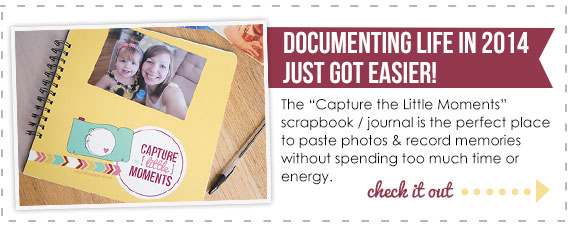One of my goals in doing this “Capture the Little Moments” series was to emphasize that you can still get great pictures with a camera phone or a point-and-shoot digital camera. It’s not necessary to have a fancy DSLR camera (though for some of us, they are certainly fun to play with), but it does help to have some knowledge on what makes a great picture.
So when I came across this blog post by Trina from Beginner Beans, I immediately emailed her to see if I could share it with my readers. She completely hit the nail on the head when she said,
“If you have a point-and-shoot (P+S) camera (film, digital or phone), and care about taking quality photos for your online business, blog, or family photo album: You are a photographer. Start acting like one and get the most out of your snapshots, however you choose to use them–no expensive camera needed.”
In her post she gives 11 amazing tips on how to take great shots with a point-and-shoot; ideas that are so simple, but most of us have just never thought of them before. If you do happen to have a DSLR, these tips still apply to you, because Trina focuses more on how to photograph than what you are photographing with.
Here are her first 6 tips on great point-and-shoot photography for beginners:
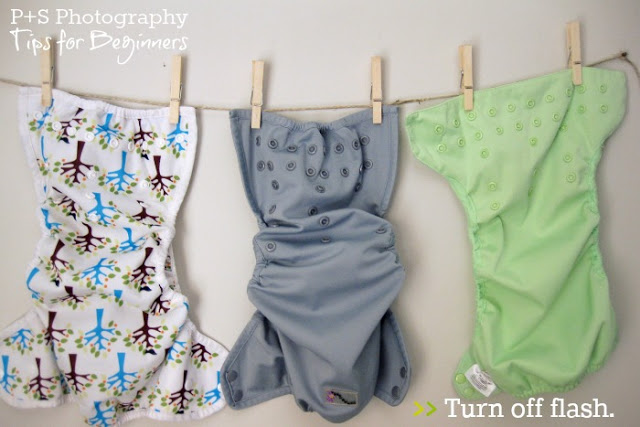
1 | Turn off the flash.
The #1 key to a quality photo is natural lighting. And I’m not talking about direct sunlight (which has issues all its own). Take photos during the day when you can turn off your flash and turn off that yellow hue from your household lamps. Open the blinds or change locations to follow the natural light. The next trick is steadying your camera to keep the photo in focus (might be difficult if the natural lighting is too low). But, seriously, natural light can instantly improve your photos.
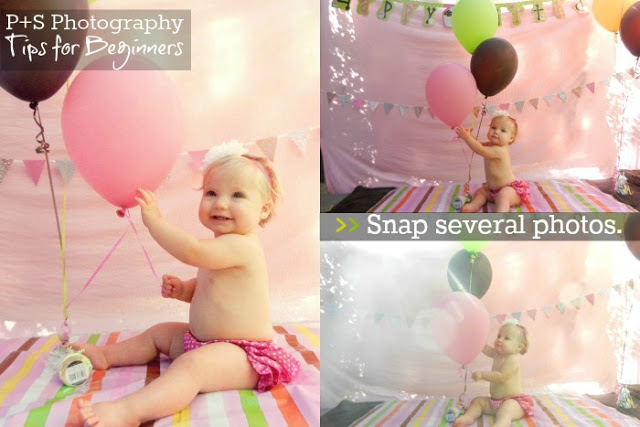
2 | Snap several photos.
Please, don’t snap one photo and think you got it. My husband hates taking multiple pictures, but this is what gets a really good photo. My magic number is at least 3. But that’s after taking a couple quick shots to see what I think of the lighting, angle, background, etc. If this sounds like a lot of work: It isn’t. But, don’t pull out your camera for pictures unless you’re ready to be serious about capturing a good photo.
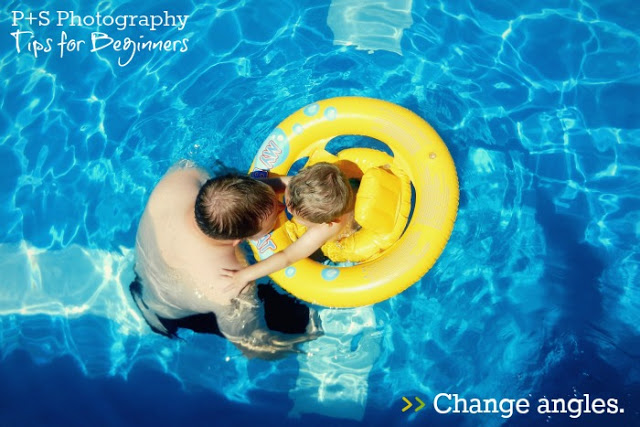
3 | Change angles.
It’s too easy to snap a photo from wherever you’re standing–which shows in the final photo. Get up high and take a photo looking down on the subject, or sit on the ground and look up, or look head on. Mix it up and see what you think. I’ve had my share of feeling dumb getting in odd positions with a P+S camera–like I think I’m a photographer or something. But if I get the photo I wanted, it’s worth it.
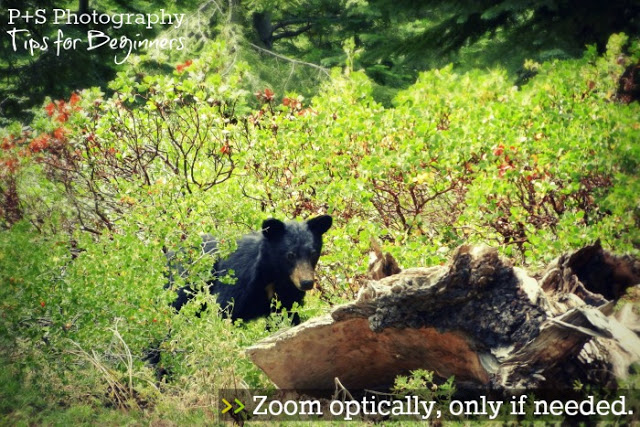
4 | Zoom optically. But, only sometimes.
I almost never zoom. It’s better to get up close and frame how I want–it’s usually easier to focus that way and makes a clearer picture. The one exception was when there was a bear outside my parents’ cabin. It was pretty close, but I wasn’t ready to run up to it get it perfectly framed in my camera. So, instead, I zoomed. All 18x that my camera can zoom optically. And, with direct sunlight, the photo actually turned out pretty good. If you must zoom, do so optically. Once you get into digital zoom, it just doesn’t turn out the same.
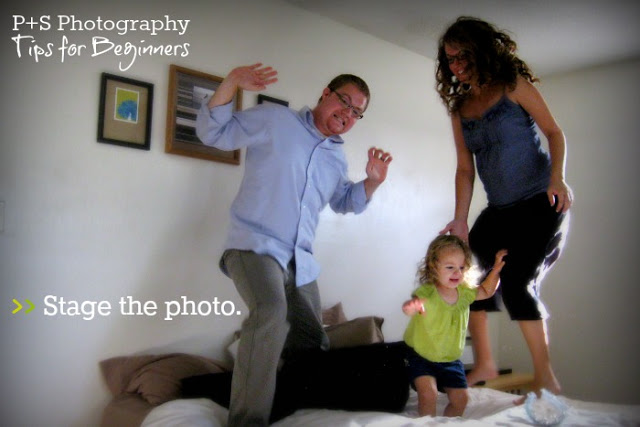
5 | Stage your photo.
Posing isn’t all bad. It gets the setting and details closer to how you want. As long as you’re sticking with what’s normal for your family, posed and planned pictures can come across as candid yet show a little better side of your family than the one with stained tees and a clothes-covered living room. When I was pregnant, Brylee loved jumping on the bed, so I thought our family jumping on the bed would be a fun maternity shot. I didn’t over control the setting, but I certainly had in mind what I wanted and staged it, and love what came of it.

6 | Be candid.
Are all of your photos of people posing and smiling at the camera? Maybe it’s time to try some candid snapshots. When your kids are quietly playing, Grandma is reading to them, or they’re playing in the pool. Hang out a few minutes (so everyone gets their posing out of the way), then start snapping away when they return to life as usual. Candid doesn’t always work out. But, sometimes, you’ll capture the moment.
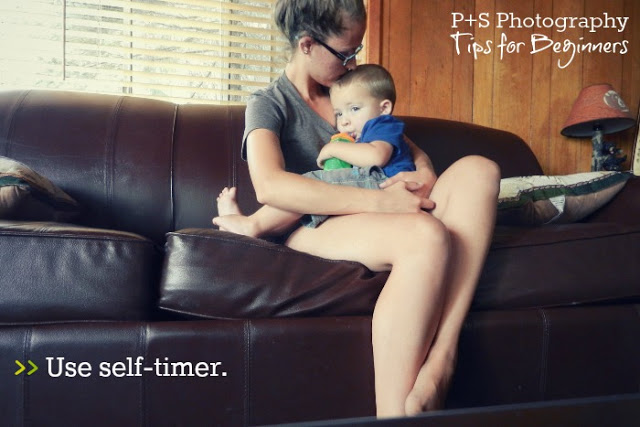
7 | Use timer for self-portraits.
Self-timer is one of the few ways I make it into everyday family photos. The plus side is that we tend to look a little more natural when there’s no one behind the camera. Our Canon had the option of taking 3 photos at a time–great option! My current Nikon only takes one at a time, which can get a little tedious. But it’s still worth it if it helps me capture the moment when no one is around to take the picture.
Read tips 8-11 on Trina’s blog, Beginner Beans.
Photos and content used with permission

